
Seminars in Interventional Radiology
Fassia et al.
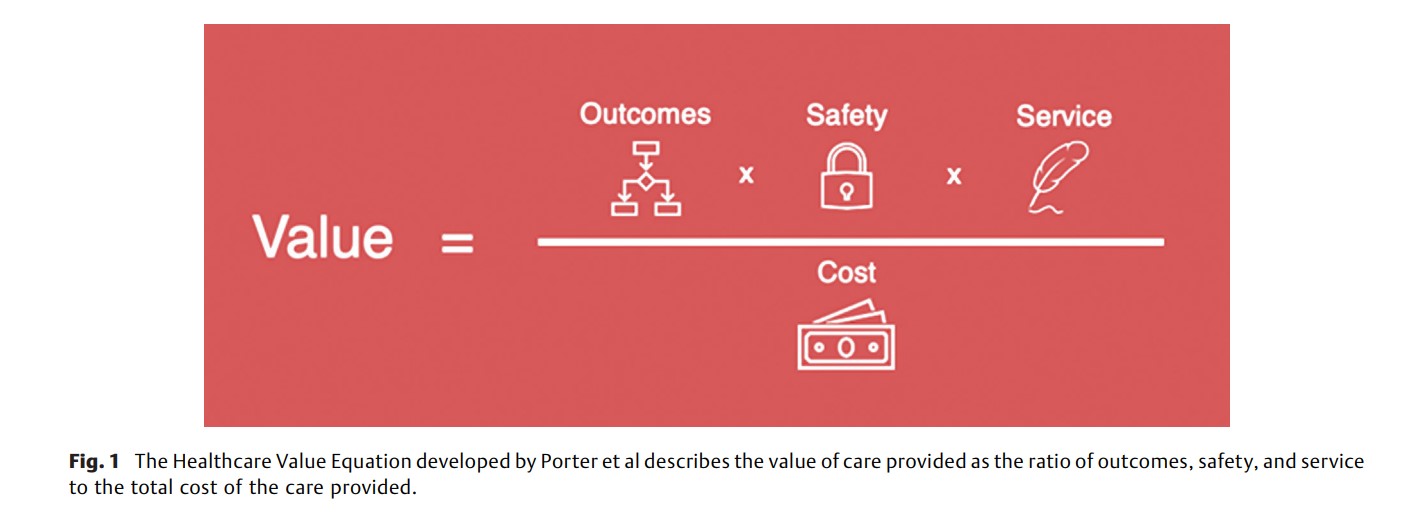
While national healthcare expenditures per capita in the United States exceed those in all other Organisation for Economic Co-operation and Development (OECD) countries, measures of health outcomes in the United States lag behind those in peer nations. This combination of high healthcare spending and relatively poor health has led to attempts to identify high- and low-value healthcare services and to develop mechanisms to reimburse health care providers based on the value of the care delivered. This article investigates the meaning of value in healthcare and identifies specific services delivered by interventional radiologists that have accrued evidence that they meet criteria for high-value services. Recognizing the shift in reimbursement to high-value care, it is imperative that interventional radiology (IR) develop the evidence needed to articulate to all relevant stakeholders how IR contributes value to the system.
Seminars in Musculoskeletal Radiology
Shen et al.
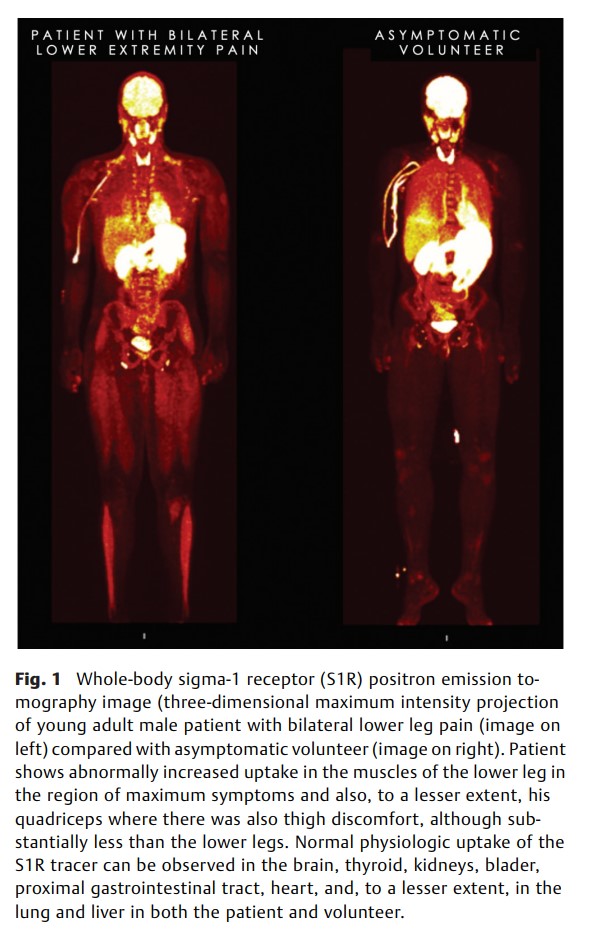
Accurately identifying the peripheral pain generator in patients with chronic pain remains a major challenge for modern medicine. Millions of patients around the world suffer endlessly from difficult-to-manage debilitating pain because of very limited diagnostic tests and a paucity of pain therapies. To help these patients, we have developed a novel clinical molecular imaging approach, and, in its early stages, it has been shown to accurately identify the exact site of pain generation using an imaging biomarker for the sigma-1 receptor and positron emission tomography/magnetic resonance imaging. We hope the description of the work in this article can help others begin their own pain imaging programs at their respective institutions.
Ultraschall in der Medizin - European Journal of Ultrasound
Merz E et al.
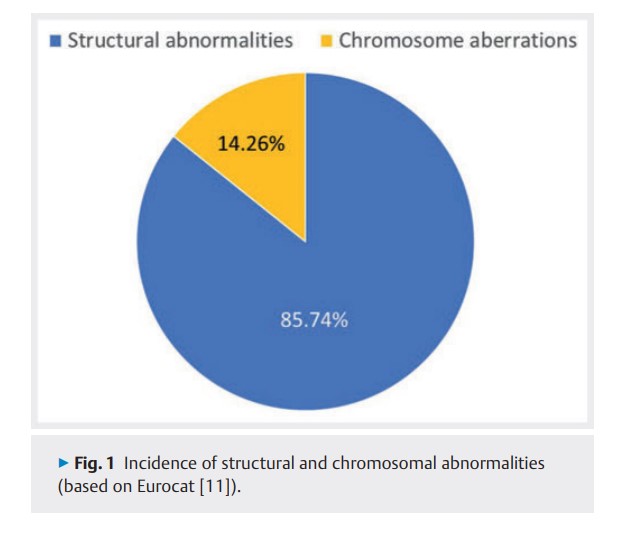
Combined first-trimester screening (FTS) and noninvasive prenatal testing (NIPT) have been proven to be reliable noninvasive procedures to detect the most common chromosomal abnormalities (trisomies 21, 18, 13) in the first trimester. The aim of this paper is to demonstrate the strengths and limitations of these two procedures and to give a consensus statement of the Fetal Medicine Foundation (FMF) Germany on how to use the two techniques in the first trimester after the introduction of NIPT as a service of the statutory health insurance companies in Germany.
Digestive Disease Interventions
Marc Michael Del Rosario Lim
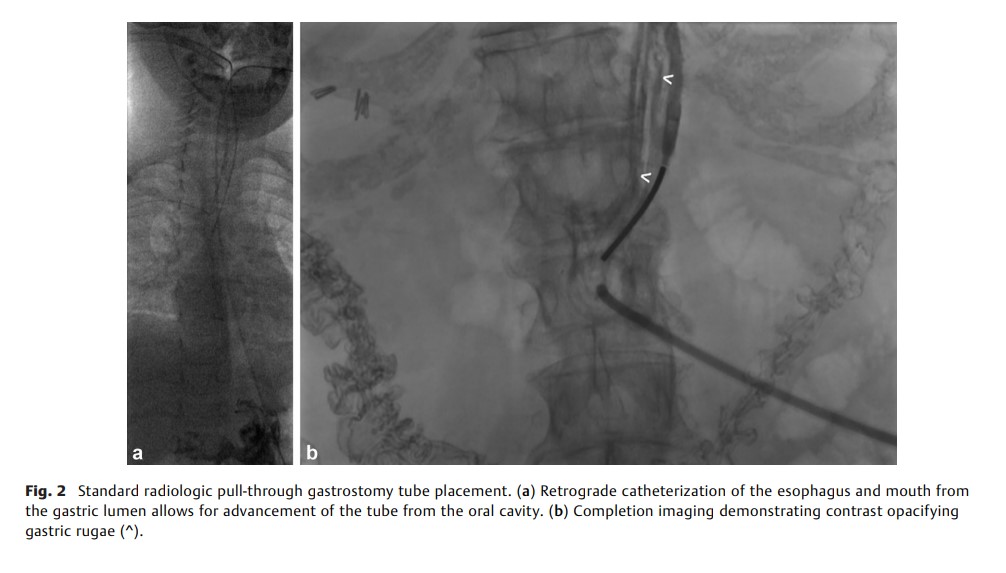
Gastrostomy tube placement may be needed for nutritional support, as in the setting of neurogenic dysphagia or head and neck malignancy, or for gastric decompression, as in the setting of malignant small bowel obstruction. Additionally, gastrojejunostomy or direct jejunostomy tubes may be needed in the setting of gastric outlet obstruction among other indications. Surgical, endoscopic, and percutaneous approaches are all well-described with generally similar outcomes. In this article, the standard radiologic percutaneous gastrostomy technique is reviewed including both the “push” and “pull” methods. Then, the special indications and techniques of advanced percutaneous enteral access such as percutaneous transesophageal gastrostomy and direct jejunostomy are discussed with examples shown.
Ultrasound International Open
Quantification of Portal Vein Vascularization Using an Automated Post-Processing Video Analysis Tool
Blank V et al.
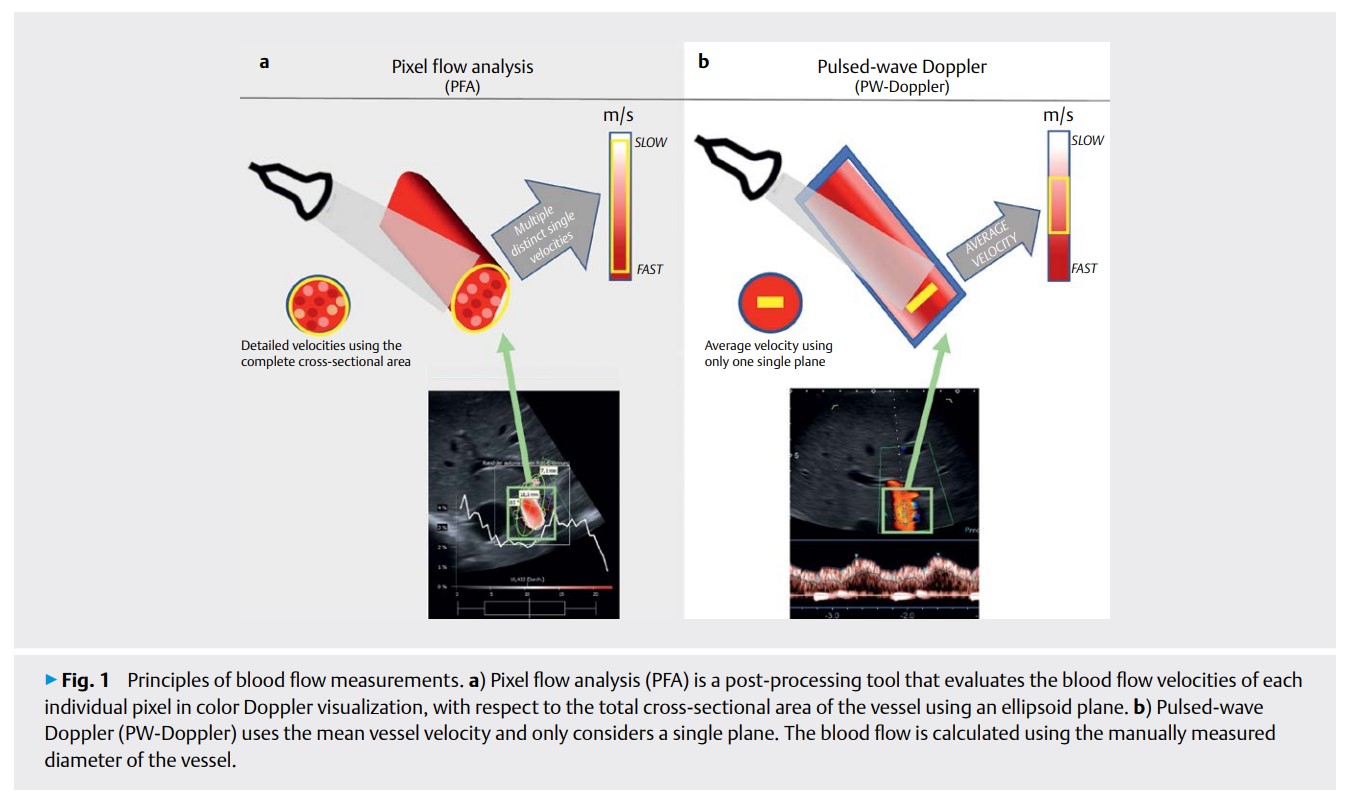
Blood flow dynamics represent a diagnostic criterion for many diseases. However, no established reference standard is available. In clinical practice, ultrasound pulsed-wave Doppler (PW-Doppler) is frequently used to assess visceral blood flow, despite its well-known limitations. A quantitative analysis of conventional color Doppler patterns can be performed using an innovative ultrasound-based algorithm (pixel flow analysis, PFA). This tool already shows promising results in obstetrics, but the technique has not yet been evaluated for portal venous blood flow assessment.
